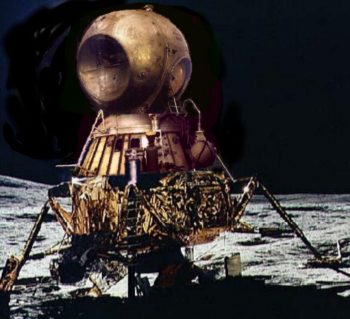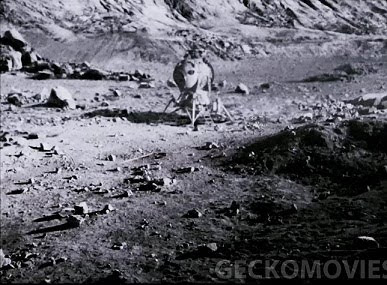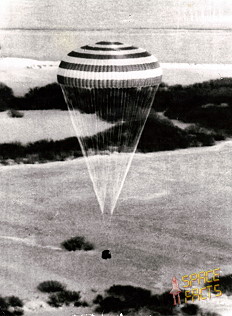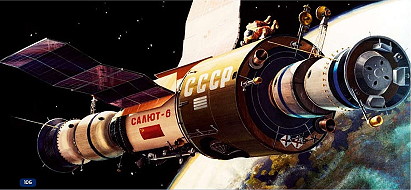By 1976 NASA was on quite a roll. The Skylab Programme was clipping along nicely, and despite further small delays, their next plan for the Moon, LESA, was finally ready.
The first launch of the Saturn VB[
1] (the designated name of the Saturn V with its uprated engines) could not have been closer to textbook flawless, its improved engines pushing its payload first into LEO, then to TLI. Yet this launch had no crew onboard, the reason being that this one carried the first part of NASA’s mission, the LESA Surface Habitat. A few days later, it was landed between the Reinhold and Lansberg Craters in the Ocean of Storms. All that could be checked and assessed by remote (which was effectively everything needed for the crew to survive) was done, as the pressurised long-range rover that came with it was lifted down to the surface and its own checks conducted.
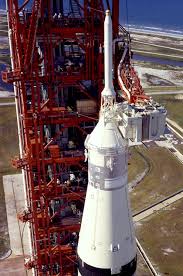

The early June of 1976 saw the next Saturn VB launch and it too, cleared both the launch pad and performed its Ascent-to-Orbit with no serious complaint. Taking its modified Apollo CSM/LEM with the first crew to spend an extended time on the Lunar Surface. Five days later, having checked out the CSM and LEM systems and preparing the CSM for it’s orbital storage period (namely the deploying of its small solar cell arrays[
2] that would provide the admittedly reduced power it would need for the duration), they became the first three-man crew to land on the Moon in the same vehicle, the deep shadows of the early morning sun making finding a suitable landing point a simple affair - by Spaceflight standards.

Landing within the walking distance of the Surface Habitat (in the event that the open rover they had failed), they weren’t ready to head to it just yet, having to setup the LEM Taxi for its own protracted period of downtime until they were ready to return to the CSM in it. It’s own solar cell array and radiators deployed, and the open rover checked out, they could now make the short(ish) journey to their home for the next 41[
3] days - that number being selected as the best compromise between having a large safety margin and securing a high science return value for this first LESA mission. The long lunar day was spent either around the LESA Shelter, or using the long-range rover for the first week-long excursion across the Lunar Terrain, a much greater quantity and range of science experiments conducted throughout. The long lunar night was spent inside the confines of their surface habitat, where basic maintenance on the habitat was conducted, while a small workstation allowed them to perform a limited number of smaller tests and analysis on samples collected, along with other ones with the habitat and crew themselves in mind.

Part of this revolved around assessing how the body adapted to the lower-gravity environment, and how fluids would behave in it. The latter being very useful for those not wanting the hot coffee to bounce out the cup and end up scalding them. They found that it was quite easy to manage, provided that they took their time with their every task. Later, the crew would witness something that no-one else had before. Full Earth. For three days, they were gifted with the sight of the rich blue world, shining over the Moon’s grey landscape. The Fourth of July of that year was a very special one, being the Bicentennial of the Declaration of Independence. And for the US, they had a crew living in a Lunar Base who in the Lunar Night, delivered a message of their own to them, a live broadcast that was watched by over half of US households.
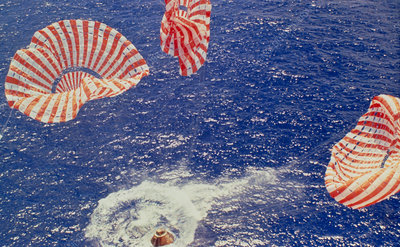
By the 20th of July, as the next Lunar Day neared its end for them, they returned to their LEM Taxi and prepared to return to the waiting CSM. Though the Shelter was still switched on to allow NASA to monitor its condition over the months and years to come. In the event that either the LEM or CSM would fail, they had another Saturn VB with a CSM/LEM waiting in the VAB back on Earth, ready to be rolled out and launched to rescue them. Needing only to rendezvous with them (with the stranded crew performing the final delicate manoeuvres) they could send it without a crew with a high degree of confidence in their equipment. However, they both performed well after their lengthy time without a crew, returning them to the Earth a few days later, to a heroes welcome unseen since Apollo 11.
But perhaps more importantly for NASA, not only had they demonstrated to the world that their LESA Lunar Base was an extremely capable (and rather comfortable, according to its crew) base, but they had also accomplished the task ahead of the Soviet Union. NASA, and by extension the US, had finally completely pulled ahead of the USSR in the Space Race - though many now tended to refer to it as the Space Marathon.
[1] The name for the Saturn V with uprated engines ITTL
[2] Four small solar cell arrays fitted to the rear of the SM - of which only two are needed to work
[3] Based on the lunar phases of 1976, this would allow them to land in the early morning of the selected landing site, and return in the late evening of the following Lunar Day.



